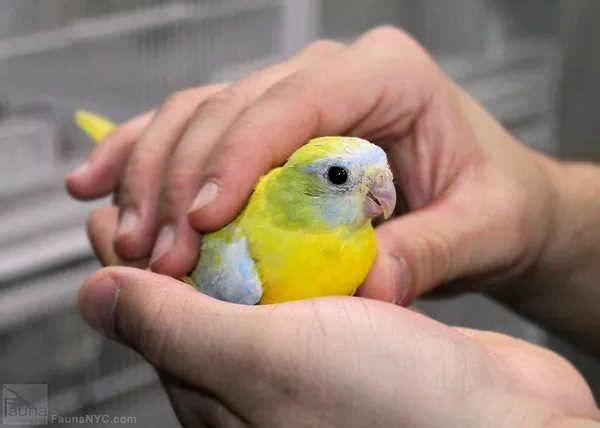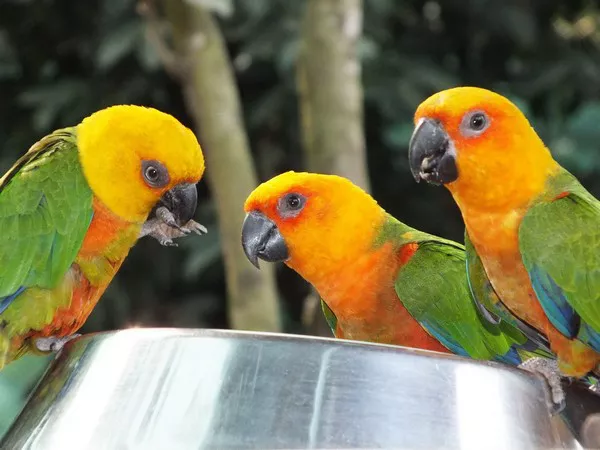Indian Ringneck Parrots (Psittacula krameri manillensis), often referred to as Indian Ringnecks or Rose-ringed Parakeets, are captivating and intelligent birds that have captured the hearts of bird enthusiasts around the world. These parrots are known for their stunning appearance, vibrant colors, and charming personalities. To understand these birds better, it’s important to explore their origins and the unique natural habitats that have shaped their characteristics. In this article, we delve into the fascinating history and geographical origins of Indian Ringneck Parrots.
1. Geographic Distribution
Indian Ringneck Parrots are native to the Indian subcontinent, where they can be found across a diverse range of environments. Their native range includes countries such as India, Sri Lanka, Bangladesh, and Myanmar. Within these countries, these parrots inhabit various ecosystems, from urban areas to forests and grasslands.
2. Natural Habitats
These parrots have a remarkable ability to adapt to different environments, which has contributed to their widespread presence. They are known to thrive in both rural and urban settings, making them a common sight in cities, towns, and agricultural areas. In their natural habitats, Indian Ringneck Parrots are often found in regions with abundant vegetation, including wooded areas, scrublands, and even mangroves.
3. Characteristics and Appearance
Indian Ringneck Parrots are known for their distinctive physical characteristics. They are medium-sized parrots with a length of approximately 16 inches (40 cm). One of their most recognizable features is the striking ring of color around their necks, which varies in intensity and can range from black to deep blue or green. This feature is more prominent in males, while females often display a less vibrant or absent neck ring.
4. Behavioral Traits
These parrots are intelligent, social, and often display playful behavior. In the wild, they are frequently seen in pairs or small flocks, flying together in search of food and suitable roosting sites. Their curious nature and ability to mimic sounds have made them popular as companion birds, and they have become sought-after pets in many parts of the world.
5. Adaptability and Invasiveness
Indian Ringneck Parrots’ adaptability has enabled them to thrive beyond their native habitats. However, this adaptability has also led to concerns in some regions where they have been introduced. In areas such as the United States, these parrots have established feral populations, and their presence has raised issues related to competition with native bird species and damage to crops.
6. Role as Pets
The captivating beauty and engaging personalities of Indian Ringneck Parrots have made them sought-after pets for bird enthusiasts. Their ability to learn words and phrases, combined with their charming antics, has endeared them to many households. As pets, they require proper care, including a balanced diet, spacious cages, mental stimulation, and regular interaction with their human companions.
7. Conservation Status
In their native habitats, Indian Ringneck Parrots are considered to be of least concern in terms of conservation status, as their populations remain stable. However, their introduction to new regions has raised concerns about potential ecological impacts, emphasizing the importance of responsible pet ownership and preventing further introductions in areas where they are not native.
Conclusion
Indian Ringneck Parrots have a rich history rooted in the diverse landscapes of the Indian subcontinent. Their ability to thrive in various environments, adapt to changing conditions, and capture the hearts of people around the world has solidified their place in avian history. Whether admired in their natural habitats or cherished as beloved pets, these parrots continue to inspire awe and curiosity, serving as a testament to the wonder of the natural world and our connection to it.
Recommended reading:
























